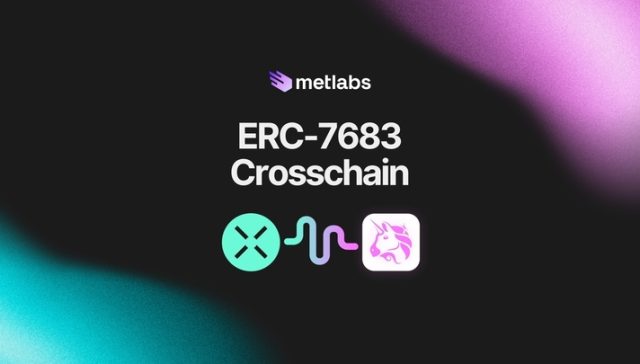
We are your Blockchain development company in Barcelona
Blockchain Platform Development in Barcelona
With +5 years of experience in the industry, Metlabs is positioned as a leading company in the field of Blockchain development. Through scalable decentralized applications (dapps) we unlock the potential of your project. Programming of Smart Contracts and Web3 platforms for networks such as Ethereum, Arbitrum, Polygon, BNB Chain…
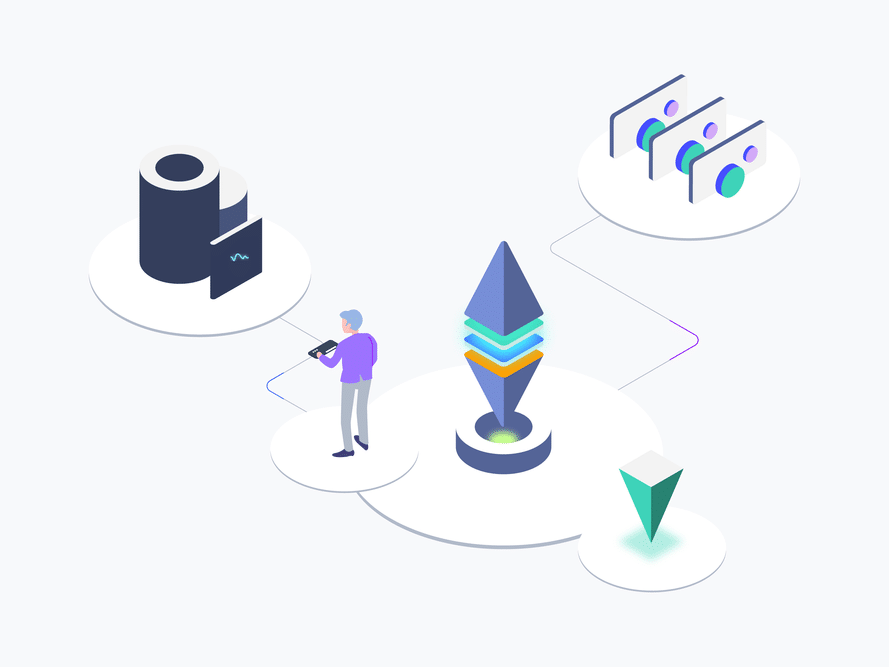






Why Blockchain and Smart Contracts?
Unparalleled security:
Blockchain, known for its impenetrable security, uses advanced cryptography to protect data integrity. This not only ensures confidentiality, but also prevents unauthorized tampering, providing a solid foundation for trust in digital environments.
Efficiency and Transparency:
Smart Contracts, Blockchain-based self-executing contracts, automate complex business processes. This not only reduces operating costs, but also improves transparency by providing a real-time view of each transaction, eliminating unnecessary intermediaries.
Eliminates the Need for Intermediaries:
With Blockchain and Smart Contracts, the need for intermediaries is drastically reduced. This not only streamlines processes, but also eliminates associated costs, enabling faster and more efficient transactions.
Our Blockchain Development and Programming Services in Barcelona
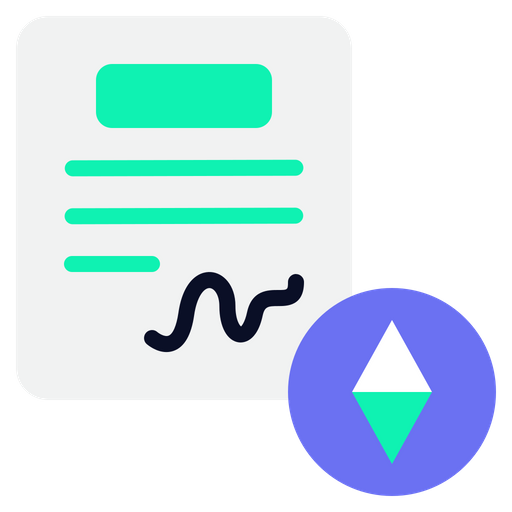
Smart Contracts Development
We develop Multi-chain Smart Contracts: Ethereum, Polygon, BNB Chain, Arbitrum… through Solidity.

Dapps Development
Create innovative decentralized applications with our expertise in Dapps development.

Token Development
Boost your project with our token development services ERC-20, BEP-20 etc.
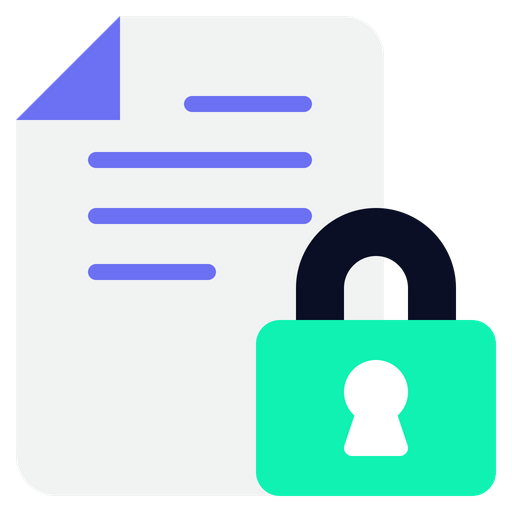
Smart Contracts Audit
Ensure the security and transparency of your smart contracts with our specialized audits.
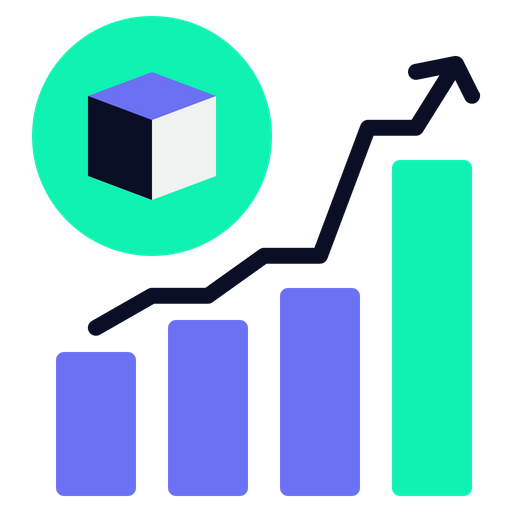
Tokenomics & Whitepaper
Design a solid strategy for your blockchain project with our tokenomics and whitepaper services.
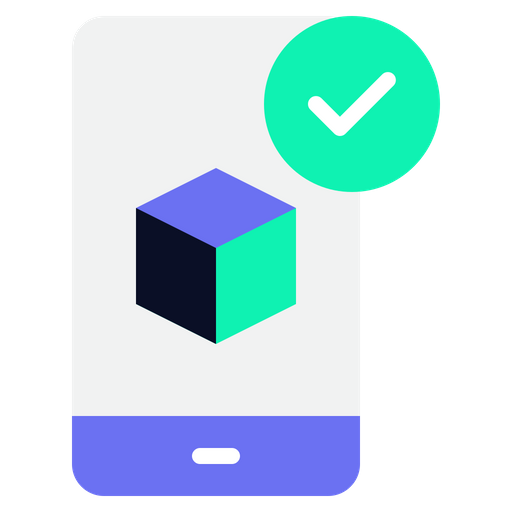
Development of NFTs
Expand your business possibilities with our ERC-721 NFT development services.
Front-end development for Blockchain in Barcelona
Intuitive User Interface: We design interfaces that are not only visually appealing, but also intuitive. Our goal is to make interaction with blockchain technologies easy to understand and use for any user.
Frictionless Blockchain Integration: We develop front-end solutions that seamlessly integrate with blockchain logic and functionality. From visualizing transactions to interacting with smart contracts, we make everything flow efficiently.
Mobile and Responsive Compatibility: We recognize the importance of mobility. Therefore, our interfaces are compatible with mobile devices and are designed to provide an optimal user experience on any platform.
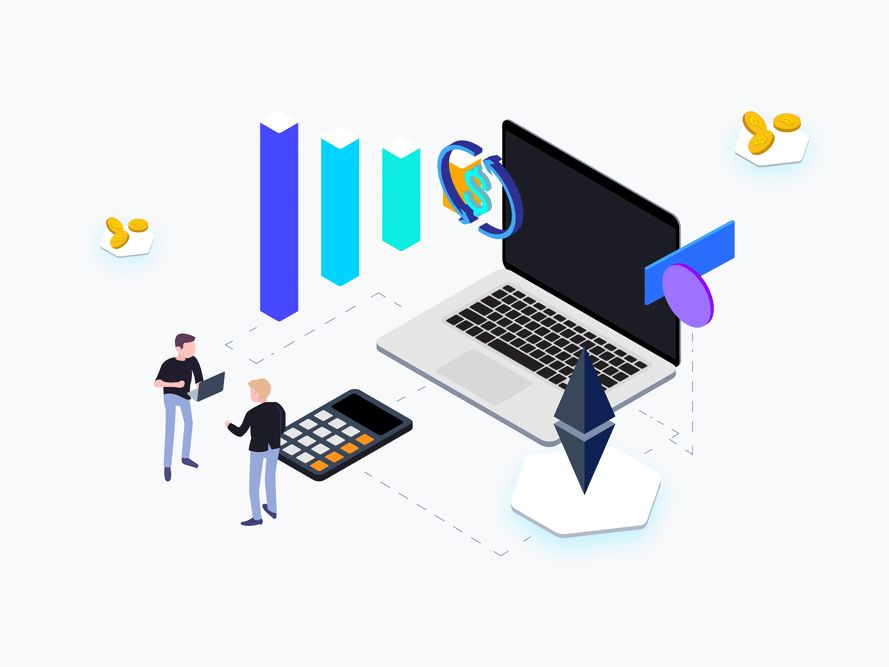
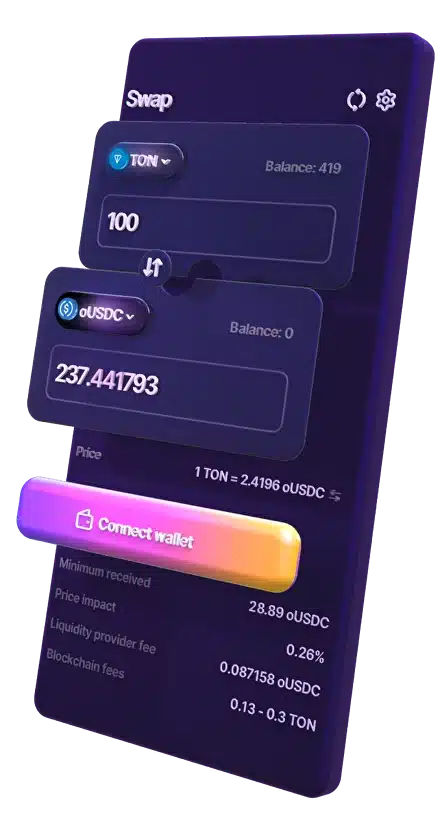
What is a dapp or decentralized application?
A DApp, or decentralized application, is a type of application that operates on a decentralized network, such as a blockchain or distributed registry. Unlike traditional applications running on centralized servers, DApps leverage decentralized technology to offer several advantages, such as greater transparency, security and resistance to censorship.
- Decentralization: Instead of relying on a central server, a DApp runs on a network of distributed nodes. This reduces vulnerability to single failures and centralized manipulation.
- Distributed registry: Application information and status are stored in a blockchain or distributed registry. Each node in the network has a copy of the log, which improves transparency and data integrity.
- Smart contracts: DApps often use smart contracts, which are self-executing programs that automatically define and enforce the terms of an agreement.
Development of Compatible EVM Platforms (Dapps)
The development of Compatible EVM Platforms (Dapps) represents a fundamental evolution in the world of blockchain technology. These decentralized applications offer a versatile and powerful infrastructure that can revolutionize your business.
By adopting Dapps, your company benefits from interoperability with the Ethereum Virtual Machine (EVM), which means you can leverage Ethereum’s strong foundation to develop and run smart contracts and applications on your own blockchain network. This translates into greater efficiency and a wider range of possibilities for your operations.
Dapps also offer a high level of security, as they are backed by blockchain immutability and decentralization, which reduces the risks associated with data manipulation and cybersecurity.
In short, the development of Compatible EVM Platforms (Dapps) represents an opportunity to take innovation and efficiency to a new level in your company, allowing you to take advantage of the full potential of blockchain technology in a secure and reliable way.
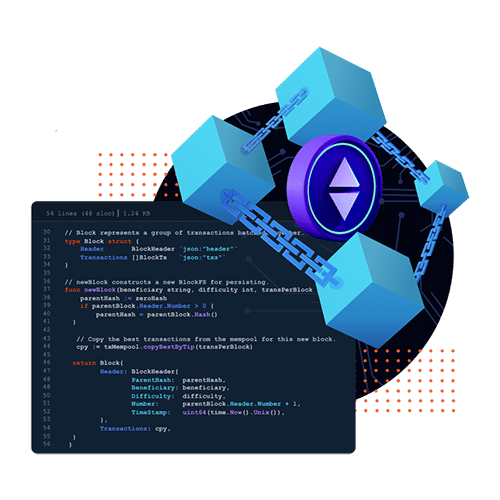
Most common questions about Blockchain development in Barcelona
Metlabs with +5 years of experience, based in Barcelona, has worked for blockchain development and programming projects in: Hospitalet de Llobregat, Badalona, Terrassa, Sabadell Santa Coloma de Gramenet, Cornellà de Llobregat, Sant Boi de Llobregat, Sant Cugat del Vallès, Mataró , Castelldefels, Rubí, Viladecans, Granollers, Manresa, Vilafranca del Penedès.
Creating a blockchain-based application involves several steps from planning to implementation and maintenance. Here is a summary of the process:
- Definition of Purpose and Objectives:
- Identify the need or problem that the blockchain application will solve.
- Establish clear and measurable objectives that are expected to be achieved with the application.
- Choice of Blockchain Platform:
- Select the blockchain platform that best suits the project requirements (Ethereum, Hyperledger Fabric, Binance Smart Chain, etc.).
- Architectural Design:
- Create an architectural design that defines the structure and components of the application.
- Decide whether the application will be public or private and define the nodes and participants.
- Development of Smart Contracts:
- Codify the smart contracts that will define the application logic and business rules.
- Use programming languages specific to the chosen blockchain platform (Solidity for Ethereum, for example).
- Front-end and Back-end development:
- Create the front-end of the application for user interaction.
- Develop the back-end to manage application logic that is not on the blockchain.
- Blockchain integration:
- Connect the front-end and back-end to the blockchain via APIs and web services.
- Ensure the security and integrity of transactions.
- User Interface (UI) development:
- Design an intuitive and attractive user interface for easy user interaction with the application.
- Tests:
- Perform extensive testing to ensure the correct functioning of the application and the security of smart contracts.
- Implementation and Deployment:
- Carry out the implementation and deployment of the application on the selected blockchain network.
- Monitoring and Maintenance:
- Establish a monitoring system to ensure continuous performance and detection of potential problems.
- Provide regular maintenance, updates and upgrades as needed.
This process is iterative, with continuous adjustments and improvements as feedback is obtained and the application evolves. Close collaboration between developers, blockchain specialists and stakeholders is essential to the success of the project.
A smart contract is a stand-alone computer program that automatically executes, validates or facilitates the execution of a contract when certain predefined conditions are met. These contracts are executed on a blockchain, usually on platforms such as Ethereum, Binance Smart Chain, or EOS. Here I explain the basics of what a smart contract is and how it is programmed:
What is a Smart Contract?
- Executable Code:
- A smart contract is a set of executable code stored on the blockchain.
- It is used to automate and automatically execute agreements and transactions without the need for intermediaries.
- Conditions of Execution:
- Smart contracts contain logical (if-then) conditions that determine their execution.
- For example, a contract may transfer funds to a recipient if certain conditions are met.
- Transparency and Security:
- Being on the blockchain, smart contracts are transparent, immutable and secure.
- Anyone can review the code and associated transactions.
Creating a DApp (decentralized application) from a Figma design involves several steps. Figma is a design tool that allows you to create prototypes of user interfaces. Here is a basic guide on how you might approach this process:
1. Understanding Design:
- Analyzes the design in Figma to understand the structure of the user interface, interactive elements and user flows.
2. Structure of the DApp:
- Decide on the architecture and structure of your DApp. Define the pages and components based on Figma's design.
3. Choice of Blockchain Platform:
- Select the blockchain platform on which you want to build your DApp (e.g. Ethereum, Binance Smart Chain, etc.).
4. Front-end development:
- Use Figma's design as a guide to develop the front-end of the DApp.
- Convert design elements into code using standard web technologies such as HTML, CSS, JavaScript, and use libraries or frameworks if necessary.
5. Integration with Blockchain:
- Implements blockchain logic on the front-end using libraries and tools specific to the selected platform.
- It connects the DApp to the blockchain network via service providers such as MetaMask.
6. Development of Smart Contracts:
- If your DApp includes custom smart contracts, program these contracts using a language compatible with the blockchain platform (e.g. Solidity for Ethereum).
Latest publications on Blockchain Technology and Development in Barcelona

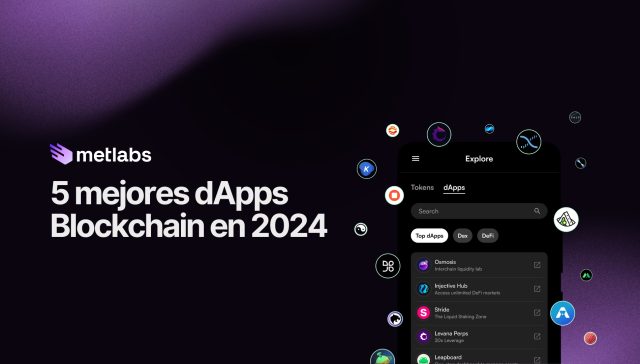
Top 5 Blockchain DApps in 2024


